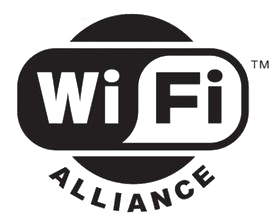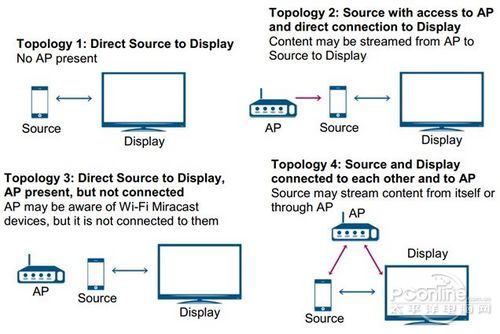From cellphone to HDTV
Are you ready for the enjoyment of big screen enjoyment? Due to variety of portable or cellphone solution, before we are going to enjoy the content of cellphone or laptop to the big screen, HDTV, LCD or Projector, you have to know which solution is suitable for you. .


the MHL solution dominate the market, meanwhile the MHL version also have different version from MHL1 to MHL3. The MHL version 1 is the main stream and MHL 2 only Samsung Galaxy S5 and Samsung Galaxy Note 4 are using. Few model are using MHL version3, Samsung Galaxy S6 and SONY Xperia 3. and MHL version3 to provide different feature
Compare features of our specifications and explore what’s possible with MHL technology!
| FEATURES | superMHL | MHL 3 | MHL 2 | MHL 1 |
|---|---|---|---|---|
| Maximum Resolution | 8K120 |
4K30 |
1080p60 |
1080p60 |
| High Dynamic Range/BT.2020/Deep Color (10, 12,16-bit) | ||||
| Up to 8 Channel Audio | ||||
| Blu-ray Audio (Dolby TrueHD, DTS-HD) | ||||
| Dolby Atmos, DTS:X, 3D Audio, Audio Only Mode | ||||
| MHL Control (RCP) - Single Remote | (including mobile, TV, AVR, STB, BDP) |
|||
| Power Charging | 40W |
10W | 7.5W | 2.5W |
| Content Protection | HDCP 2.2 | HDCP 2.2 |
HDCP 1.4 | HDCP 1.4 |
| Multi-Display Support | Up to 8 Displays |
Up to 4 displays |
||
| Connectors | superMHL USB Type-C Micro-USB HDMI Type A Proprietary | Connector Agnostic | Connector Agnostic | Connector Agnostic |

SlimPort, a brand of Analogix products, complies with Mobility DisplayPort, also known as MyDP, which is an industry standard for a mobile audio/video Interface, providing connectivity from mobile devices to external displays and HDTVs. SlimPort implements the transmission of video up to 4K-UltraHD and up to eight channels of audio over the micro-USB connector to an external converter accessory or display device. SlimPort products support seamless connectivity to DisplayPort, HDMI and VGA displays. The MyDP standard was released in June 2012,and the first product to use SlimPort was Google's Nexus 4 smartphone. SlimPort is an alternative to Mobile High-Definition Link (MHL).[33][34]

At its most basic level, Miracast is a video streaming specification created by the Wi-Fi Alliance. It allows a user to share whatever is displayed on their device's screen with another compatible product. Whether that's a TV, another smartphone, a tablet, or a desktop. The spec supports up to 1080p HD video and 5.1 surround sound. The dream is, you could download a movie to your tablet via the Play Store (or your preferred medium) and stream it to your TV without ever plugging in a cable and without sacrificing quality. Among other applications. The neat thing about Miracast is it doesn't require any special hardware to work. So unlike, say, a new wireless standarad (eg, 802.11n, 802.11ac), you won't need to upgrade to a new device in order to use it. In theory anyway. More specifically, Miracast is built on top of WiFi Direct, which allows devices to utilize WiFi to communicate with each other directly, instead of having to hop on a mutual wireless router. There's already a push to make more mobile devices support this standard, since it makes things like file transfers much easier, so Miracast support is already piggybacking on another train's momentum. This will be good for support.
